In the case of gas appliances, levels of carbon monoxide are normally present at low levels in the combustion products.
If the appliance malfunctions, or if the appliance is installed or used incorrectly, (e.g. used in a small space), then levels of carbon monoxide may become dangerously high and can cause illness or death.Appliances should be used for their intended purpose, in accordance with manufacturers’ instructions. In particular, cookers, grillers and barbecues should not be used for heating.
Danger signs
Signs that an appliance is not working correctly or that the flue is blocked include:
- A yellow flame, rather than a blue flame (Note: some ‘flame-effect’ heaters are designed to burn with a yellow tipped flame).
- Soot deposits in or around the appliance.
- An unpleasant or unusual smell, similar to that of a car exhaust.
If you notice any of these signs, turn off the appliance and contact a licensed gas worker immediately.
Do not use outdoor gas appliances indoors
Outdoor heating appliances such as patio heaters, camping cookers and barbecues should not be used indoors. These appliances do not have safety systems, present on indoor heating appliances that shut off the gas supply when oxygen levels are depleted by the combustion process and high levels of carbon monoxide are present.
Carbon monoxide is a highly poisonous gas, present in the products of combustion from fuel burning appliances and equipment such as:
- Gas heaters (both natural gas and LPG),
- Barbecues (both gas and charcoal), and
- Camping appliances (such as LPG cookers and lanterns).
While carbon monoxide is odourless, it is accompanied by other emissions that may produce a “car exhaust” smell or watery eyes.
Symptoms of carbon monoxide poisoning
Breathing low levels of carbon monoxide can cause:
- Headaches,
- Nausea,
- Dizziness,
- Tiredness and vomiting.
Prolonged exposure or high levels of carbon monoxide can lead to collapse, unconsciousness, or even death. If you suspect you have been exposed to carbon monoxide move into fresh air, and seek immediate medical attention. If it can be done safely, turn off the appliance and ventilate the room or area.
Light back
“Light back” is one of several conditions that can give rise to dangerous emissions of carbon monoxide from gas appliances. If not recognised or attended to such emissions can cause serious illness. In extreme circumstances death can result.
Typical problems that can occur with “light back” are unusual smells about the appliance, abnormal flame patterns, disappearance of the flame from the burner or radiant surface (burner plaque) or roaring noises about the burner.
Whenever any of these or other problems occur with a gas appliance consumers should stop using the appliance immediately and take it to an authorised service agent, or have an agent visit.
Consumers can play their part in reducing accidents involving “Light back” or other dangerous conditions by:
- Having appliances serviced at least every other year.
- Having appliances serviced by an authorised service agent whenever problems with appliances are encountered.
- Storing seasonally used portable LPG appliances, such as cabinet heaters and barbecues, under cover so as to minimise the chance of debris, insects or spiders entering areas around the burner.
- Ensuring portable LPG appliances are used in well ventilated areas.
- Ensuring that appliances are turned off completely (as “light back” can occur when the control knob is not fully turned off) after use.
This article originally published by Worksafe at https://worksafe.govt.nz/managing-health-and-safety/consumers/gas-2/carbon-monoxide-hazards/
